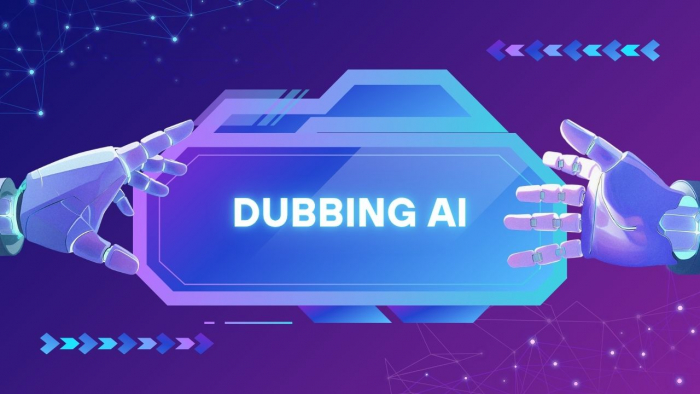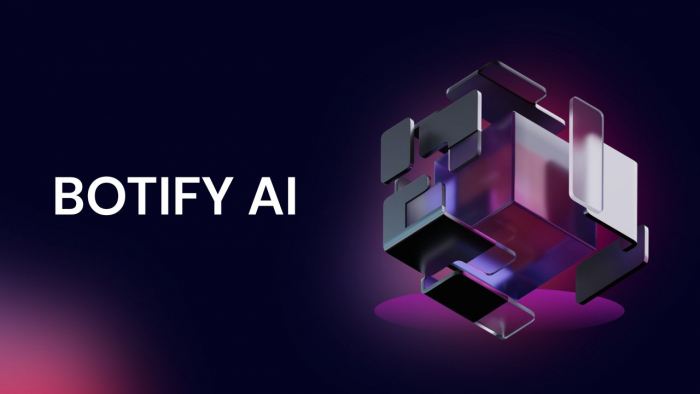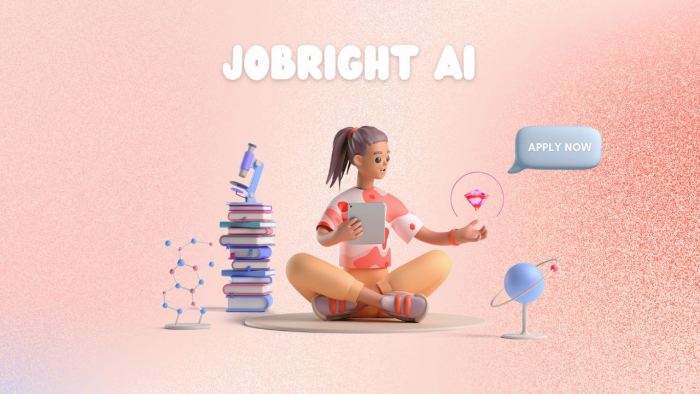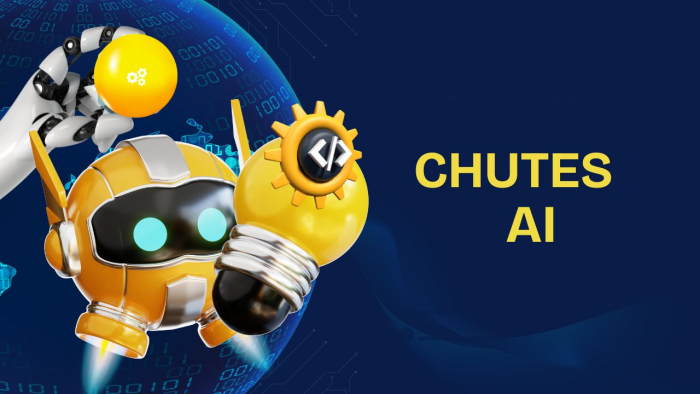Table of Content
- A closer look at how Botify actually behaves
- How people end up using Botify in the real world
- What independent reviewers say across the internet
- Patterns people keep repeating in reviews
- Safety, usage boundaries, and NSFW handling
- Where Botify stands relative to other AI companion platforms
- Strengths people genuinely appreciate
- Limitations users repeatedly point out
- Who Botify AI works best for
- Final wrap-up
Botify AI has become one of those platforms people stumble upon and instantly get curious about. The moment someone lands on the official site at Botify.ai and sees the categories of female characters, male characters, and even fan-favorite personalities, it’s clear this isn’t a simple chatbot. It’s more like an entire digital world where you create, design, and talk to AI characters who feel far more expressive than standard chatbots.
And once you start looking around, you realize Botify isn’t just about chatting, it’s about building characters the way you’d build a character in a story or a game. That naturally leads to understanding what this platform really does.
A closer look at how Botify actually behaves
Botify gives you a character builder that lets you tweak personalities, backstories, voice tones, emotional moods, and even appearance. You can dive into the custom character screen, set a bot’s traits, create a biography, choose how expressive it should be, and suddenly you’re no longer chatting with a generic AI. You’re talking to something you shaped.
On top of that, the platform blends in sentiment analysis, memory recall, and contextual awareness to make the dialogue feel more fluid. It won’t feel perfect (and we’ll get to the limitations later), but it certainly tries to move away from “template-like” responses.
And because the app works across Android, iOS, and desktop via WebCatalog, the experience travels with you.

This makes the app interesting enough for people to experiment, which naturally leads to the different ways users end up using it.
How people end up using Botify in the real world
Some users dive into full-blown storytelling, creating fantasy timelines or sci-fi adventures. Others use it for more casual chats, almost like a pocket companion that helps them talk through ideas or emotions. A surprising number of users treat Botify as a creative writing partner because characters can generate images, avatars, and even animations based on text prompts.
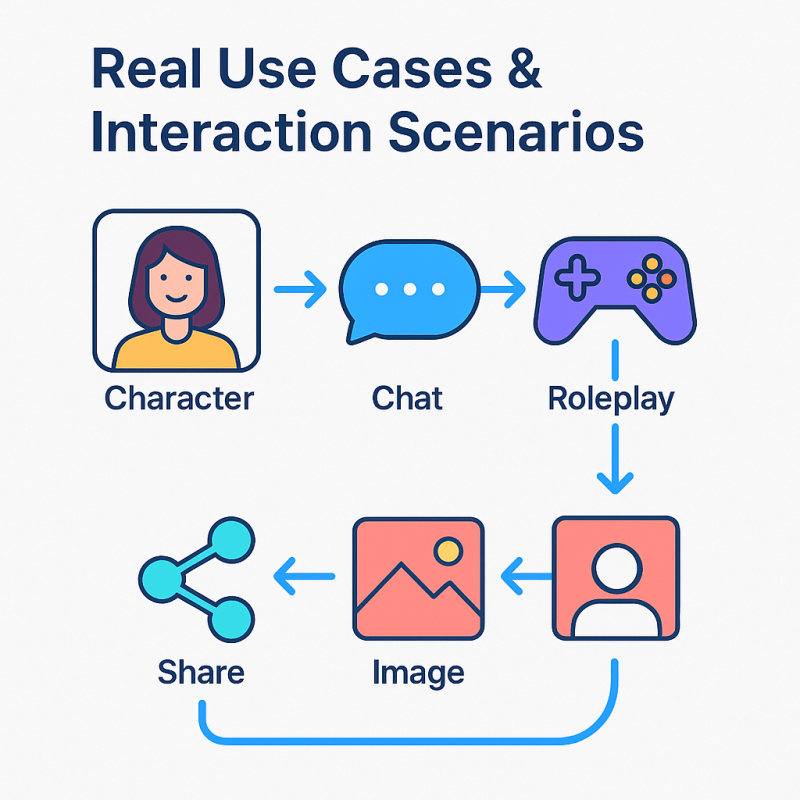
Multilingual support makes it accessible for language practice, and group chats allow users to place multiple characters into the same conversation, almost like running a virtual roleplay scene.
All of this has made Botify a recurring topic in communities like Reddit's r/Replika, where people compare companions, character depth, and emotional realism.
Which naturally brings us to something important: what third-party reviewers are saying about the app.
What independent reviewers say across the internet
Detailed breakdowns, such as Skywork.ai’s analysis highlight Botify’s stronger personalization options and visual creativity. Tech catalogues like AutoGPT.net list it under “AI companion tools,” while ecommerce-focused blogs like Spocket discuss it as part of the broader AI social economy.
Other sources, including Redington Group and WebCatalog, highlight its accessibility and cross-platform usage.
This diversity of viewpoints sets up a bigger question: what do actual users consistently like or dislike?
Patterns people keep repeating in reviews
Across Reddit threads, app store reviews, and niche review sites, the same themes tend to repeat.
Where users feel Botify shines
- Deep customization makes characters feel more personal
- Image + avatar generation feels more advanced than competitors
- Voice calls add an emotional layer
- Roleplay depth is better than simpler chatbots
- Mobile apps run smoothly compared to many alternatives
Where experiences tend to feel mixed
- Memory sometimes works amazingly, sometimes resets
- Emotions can feel exaggerated
- Roleplay tone may drift during longer dialogues
Where frustrations show up
- Some users mention occasional lag or app crashes
- NSFW mode creates confusion due to strict boundaries
- Premium access varies by region
- Story continuity sometimes breaks
- Younger users try to bypass filters
These patterns naturally lead to another topic users repeatedly ask: safety.
Safety, usage boundaries, and NSFW handling
A frequent question online is simply: “Is Botify safe?”
The platform does offer NSFW filters, safety settings, and mood controls. However, like many AI companion apps, the experience depends heavily on who is using it and how they interact with AI personalities.
Parents worry about younger users trying to bypass restrictions. Adults debate where the emotional boundaries should sit. And some users raise questions about data storage, emotional attachment, or memory resets, similar concerns seen with Replika’s ecosystem.
Which naturally leads to how Botify compares with competitors.
Where Botify stands relative to other AI companion platforms
Compared with Replika, Character.AI, JanitorAI, and Chub AI, Botify positions itself more toward open roleplay and character creativity. While Replika leans into emotional bonding and Character.AI leans into moderation, Botify offers more flexibility in how characters can behave, speak, and evolve.
But with more freedom comes more inconsistency. Botify’s characters can be incredibly immersive… or sometimes wander off-topic, depending on complexity.
Which naturally connects with understanding its strengths versus its weak points.
Strengths people genuinely appreciate
- Characters feel highly customizable
- Emotional tone-shifting adds realism
- Voice calls feel immersive
- Image + avatar generation boosts storytelling
- Group chats create dynamic scenes
- The interface is easy to navigate
And while these strengths make Botify appealing, the limitations help set realistic expectations.
Limitations users repeatedly point out
- Memory occasionally resets mid-story
- Long-form narratives drift
- Technical bugs on older devices
- Premium plans feel unclear in certain regions
- NSFW mode lacks middle ground
- Not suited for therapeutic or emotional support needs
These limitations matter because they influence who will enjoy the platform and who won’t.
Who Botify AI works best for
Most suitable for
- Storytellers who want flexible roleplay
- Writers exploring character development
- Fans of anime, fantasy, or interactive scenarios
- Users who enjoy image-based storytelling
- People who prefer playful, creative chats
Less suitable for
- Users looking for emotional counseling
- Kids or minors needing strict protection
- People expecting perfect memory
- Anyone expecting professional productivity tools
Botify has its own lane, and it's strongest when used for creative, expressive, story-driven e
Final wrap-up
Botify AI has become one of the more expressive AI companion ecosystems, blending roleplay, voice, images, avatars, and flexible character design. It’s imaginative, visual, and often surprisingly immersive, though the experience can sometimes depend on prompt complexity, memory consistency, and safety boundaries.
For users who enjoy creative roleplay, expressive characters, and story-rich interactions, Botify provides a space that feels playful and open-ended. For those seeking structured emotional help or productivity-focused tools, other AI platforms may fit better.
Post Comment
Be the first to post comment!

